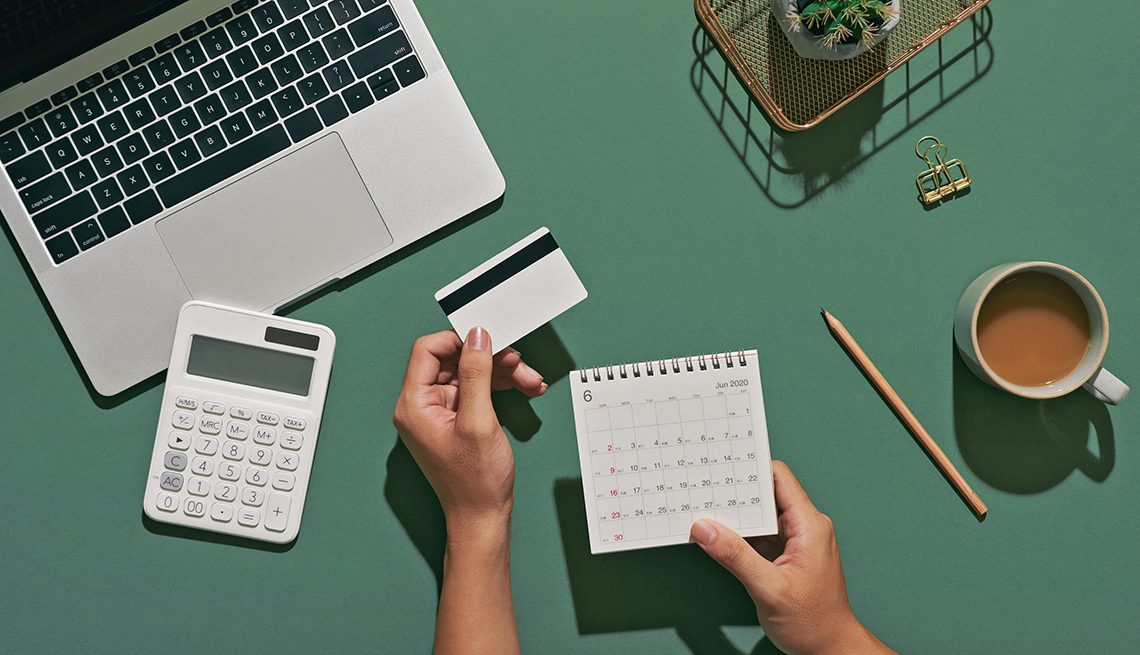
- Select a language for the TTS:
- UK English Female
- UK English Male
- US English Female
- US English Male
- Australian Female
- Australian Male
- Language selected: (auto detect) - EN
Play all audios:
9. RECEIVE CASH BACK Leah Ingram, author of _The Complete Guide to Paying for College,_ signed up for Rakuten in 2011. When she signs into the e-commerce site to shop at any one of more than
2,500 stores, Ingram earns cash back. In 2018, the site netted her an extra $409, which she put toward her daughters’ college education. “It’s money that I otherwise wouldn’t have for
things I was going to buy anyway,” she says. 10. PAY NOW, PAY LESS Insurers, doctors’ offices and other companies that bill in installments will often give a discount if you pay the entire
bill up front. So get in the habit of asking for the break. Even if the discount is small, Harzog says, “the savings add up.” If there’s no price break, pay in installments. (Put the dates
into your calendar so you don’t pay late fees.) It’s like getting a no-interest loan — and it’s best to have your money earning interest (in a high-interest online savings account; see
above) until payment time. 11. RENEGOTIATE THE BASICS Lowering your monthly expenses might be as easy as calling your cellphone, cable and streaming services and asking for a better rate. A
Consumer Reports survey found that 76 percent of consumers who asked got better deals on cable. Not sure what to say? Michelle Singletary, author of the syndicated column “The Color of
Money,” suggests you ask: “Is there something you can do to help cut my bill?” 12. SCAN BEFORE YOU BUY Apps like ShopSavvy, BuyVia and ScanLife let you scan the bar codes of items you want
to buy so you can compare prices at multiple stores. These simple tools can add up to big savings, especially on large purchases such as smartphones and laptops. 13. SHOP AROUND FOR
MEDICATIONS The average American spends about $1,200 on medication each year. To keep costs in check, look for coupons on sites like GoodRx or WellRx and fill prescriptions at independent or
smaller pharmacies. (Research done by the public interest group U.S. PIRG found that 8 out of 12 drugs surveyed were between 8 percent and 840 percent more expensive at large pharmacies.
Pixel Stories/Stocksy CREDIT CARD CONTROL 14. REQUEST A LOWER RATE If you are among the 56 percent of credit cardholders who carry a balance from month to month for at least a year, lowering
your interest rate can save you plenty. (Of course, paying off your balance in full will save you even more.) Harzog warns, however, of possibly undesirable consequences of calling up and
asking for a deal: “If you have a sloppy payment history,” she says, “they could lower your credit limit.” 15. INSPECT YOUR CREDIT REPORT You’re entitled to a free annual credit report from
each of the big three consumer credit bureaus (Equifax, Experian and TransUnion). Request one every four months via AnnualCreditReport.com to check for fraud or errors, advises credit card
expert Beverly Harzog. “Errors increase the amount you pay for everything from insurance to mortgage rates,” she says. 16. AUTOMATE YOUR PAYMENTS Late fees cost consumers $3 billion
annually. Set up bills to auto-draft on the due date to ensure you’ll never miss another payment (and then set a calendar reminder to check your account balance before the payment goes
through to avoid overdraft fees). Not only are late payments expensive, says Harzog, but they can hurt your credit score. 17. PAY DOWN DEBT Make a list of your debts and the interest rates
on each. “Tackle [your debt] from highest interest to lowest interest,” advises Laura D. Adams, author of _Debt-Free Blueprint_. Lower-interest debts like a mortgage or student loan cost
less and come with tax deductions, so pay those off last. 18. PICK YOUR BEST CASH-BACK CARD Cash-back credit cards reward you by refunding between 1 and 6 percent of your spending. Choose
from three different types. Flat-rate cards give you the same percentage on each transaction; bonus cards give a higher rate based on periodically changing categories, like gas stations and
grocery stores; tiered-rate cards pay a low base rate on most purchases and a higher rate on specific types, such as items bought from a particular retailer. If you charge, say, $2,000 per
year on a card that offers an average of 3 percent cash back, you’ll get about $72. (But remember: None of these deals are worth it if you are carrying a balance from month to month.) 19.
CONSOLIDATE YOUR DEBT Options for low-interest personal loans or zero APR balance transfer cards abound. Before consolidating your loans, use the calculator at sites like Bankrate.com or
Dinkytown.net to compare interest rates and calculate repayment amounts. “There’s no risk in doing the homework to see if the math makes sense,” Adams says.







